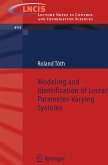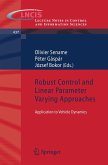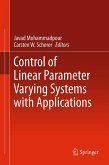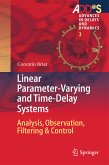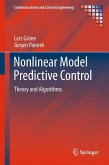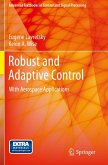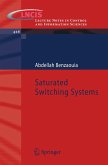To address these challenges, gain-scheduling control with engineering applications is covered in detail, including the LPV modeling, the control problem formulation, and the LPV system performance specification. In addition, a new performance specification is considered which is capable of providing LPV control design with hard constraints on system outputs. The LPV design and control synthesis procedures in this brief are illustrated through an engine air-to-fuel ratio control system, an engine variable valve timing control system, and an LPV control design example with hard constraints. After reading this brief, the reader will be able to apply a collection of LPV control synthesis techniques to design gain-scheduling controllers for their own engineering applications. This brief provides detailed step-by-step LPV modeling and control design strategies along with a new performancespecification so that engineers can apply state-of-the-art LPV control synthesis to solve their own engineering problems. In addition, this brief should serve as a bridge between the H-infinity and H2 control theory and the real-world application of gain-scheduling control.
Dieser Download kann aus rechtlichen Gründen nur mit Rechnungsadresse in A, B, BG, CY, CZ, D, DK, EW, E, FIN, F, GR, HR, H, IRL, I, LT, L, LR, M, NL, PL, P, R, S, SLO, SK ausgeliefert werden.
Hinweis: Dieser Artikel kann nur an eine deutsche Lieferadresse ausgeliefert werden.
"The authors present in this book of 110 pages, different applications in engineering of the Linear Parameter-Varying (LPV) method. The book contains 5 main chapters and two appendices. ... The book is interesting and useful for those using the LPV method." (Gheorghe Tigan, zbMATH, Vol. 1272, 2013)



